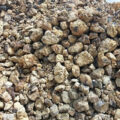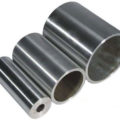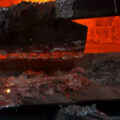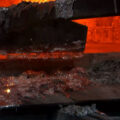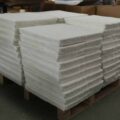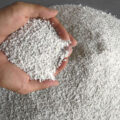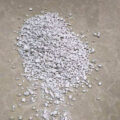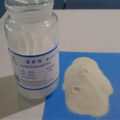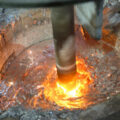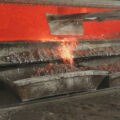Alumina is properly called aluminum oxide, which is a chemical compound comprised of aluminum and oxygen molecules (Al2O3). After aluminum oxide refining from bauxite, alumina generally looks like a white powder similar to table salt or granular sugar. Aluminum oxide is typically referred to as alumina, but may also be called aloxide, aloxite or alundum, depending on the industry and the metal’s use.
Aluminum Oxide Refining
The Bayer process is carried out in four steps. First, after the bauxite is crushed, washed, and dried, it is dissolved with caustic soda at high temperatures. Next, the mixture is filtered to remove the impurities, called “red mud,” which is properly discarded. The remaining alumina solution is transferred to tall tanks called precipitators. In the precipitator tank, the hot solution starts to cool and aluminum hydroxide seeds, very small particles, are added. The aluminum hydroxide seeds stimulate the precipitation of solid aluminum hydroxide crystals. The aluminum hydroxide settles at the bottom of the tank and is removed. Finally, the aluminum hydroxide is washed of any remaining caustic soda and heated to remove excess water. After this process, alumina (aluminum oxide) emerges as a fine white powder. It looks much like sugar used in baking, but is hard enough to scratch a pane of glass.
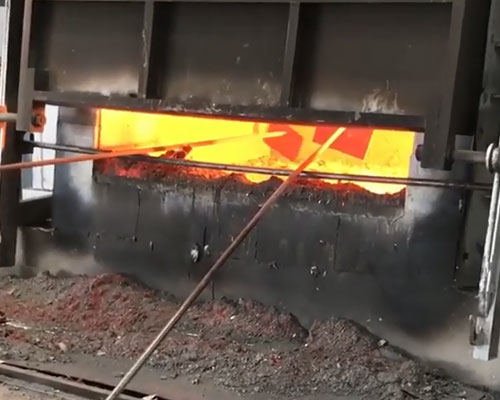
History of the Bayer Process
The Bayer process was invented in 1887 by Carl Josef Bayer. The Austrian chemist sought to develop a method for supplying alumina to the textile industry (for use as a mordant, a substance that combines with a dye and thereby sets the color in a material). The Bayer process gained importance in the aluminum production industry when combined with the Hall–Héroult electrolytic process. With the two processes combined, bauxite ore can be processed into alumina, which is then converted into aluminum. Today, the Bayer process is virtually unchanged and is used to produce nearly all of the world’s alumina supply, as an intermediate step in aluminum production.
Industrial Uses of Alumina
In addition to its use in the production of primary aluminum, aluminum oxide has other key industrial uses. Alumina is often used as a filler for plastics. The compound is also widely used as an abrasive and is a less-expensive substitute for industrial diamonds. Aluminum oxide flakes produce reflective effects within the paint used on automobiles. The largest scale use of alumina occurs in refineries, where the aluminum oxide compound is used to convert dangerous hydrogen sulfide waste gases into elemental sulfur.
Alumina Products
Alumina that occurs in a natural, free form state is referred to as the mineral corundum. In special circumstances, corundum forms into sapphire and ruby gemstones. These gemstones can be produced synthetically and are occasionally referred to as alumina. This term is usually limited to the synthetic gemstones used in the metallurgy, ceramics and chemical processing industries. Naturally formed rubies and sapphires are two of the four precious gemstones, emeralds, and diamonds being the other two.

